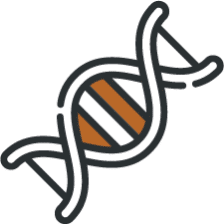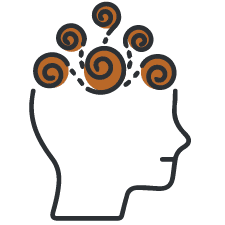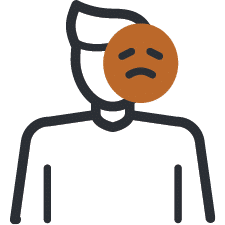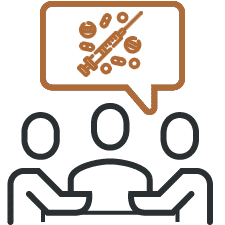Vyvanse, a prescription drug commonly used to treat attention deficit hyperactivity disorder (ADHD), has seen a surge in misuse and addiction. In 2021, about 3.7 million people aged 12 or older were reported to be misusing prescription stimulants like Vyvanse. Addiction to this drug can have devastating consequences on physical and mental health, relationships, and overall well-being.
In this comprehensive guide, we will discuss the topic of Vyvanse addiction, its dangers, risk factors, and reasons for abuse.








